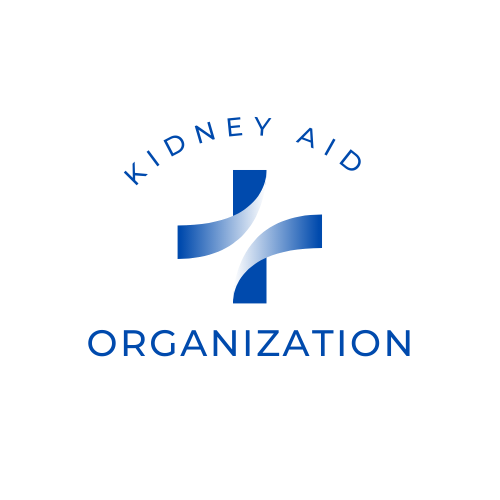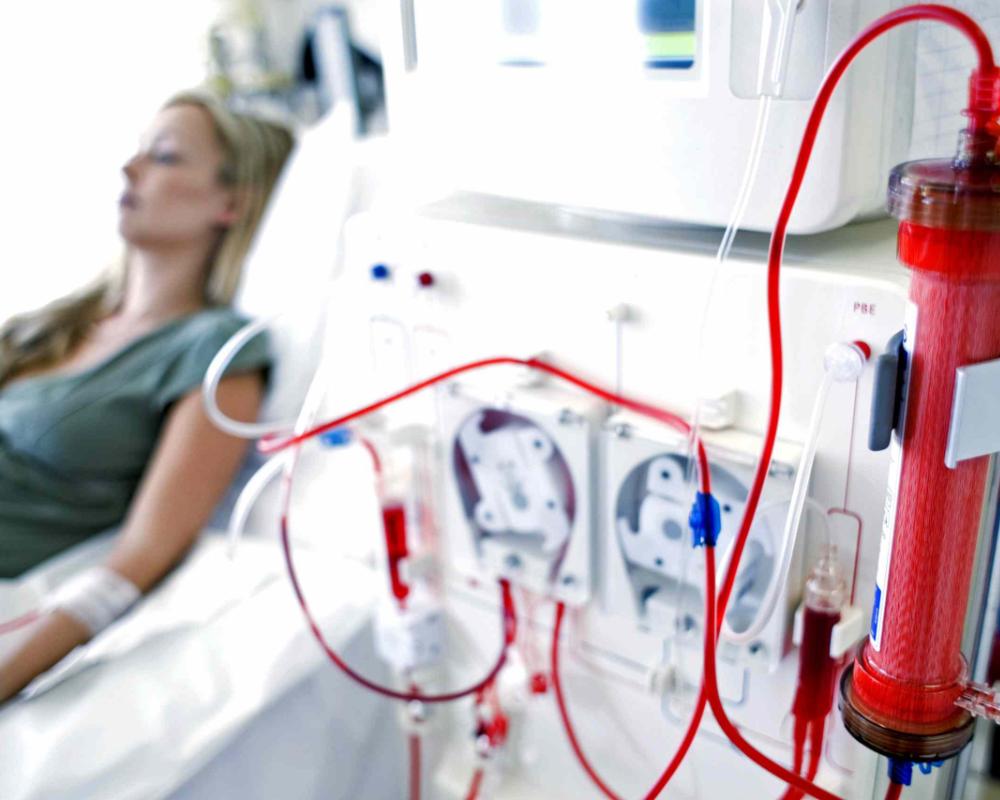What is Crescentic iga Nephropathy? Crescentic IgA nephropathy is a type of kidney disease characterized by the presence of crescent-shaped structures in the glomeruli, which are the small filtering units of the kidneys. These crescents are formed by the accumulation of immune cells and other cells in the glomeruli, and they can cause damage to the kidneys and lead to kidney failure. IgA nephropathy is a common type of kidney disease that occurs when an antibody called immunoglobulin A (IgA) builds up in the kidneys and causes inflammation.
In crescentic IgA nephropathy, the inflammation is more severe and leads to the formation of crescents. The symptoms of crescentic IgA nephropathy can include blood in the urine, protein in the urine, swelling in the legs, and high blood pressure. Treatment typically involves medications to control blood pressure and inflammation, as well as measures to prevent kidney damage and reduce the risk of kidney failure. In some cases, dialysis or kidney transplant may be necessary.
Are There different Stages of Crescentic IgA nephropathy?
Yes, there are different stages of crescentic IgA nephropathy (CIGAN). The classification of CIGAN into stages is based on the severity of the disease and the amount of kidney damage that has occurred. The stages of CIGAN are as follows:
- Stage I: This stage is characterized by less than 25% of the glomeruli showing crescents.
- Stage II: This stage is characterized by 25% to 50% of the glomeruli showing crescents.
- Stage III: This stage is characterized by more than 50% of the glomeruli showing crescents.
- Stage IV: This is the most severe stage, characterized by complete or near-complete loss of glomerular function and the presence of fibrosis and scarring in the kidney tissue.
The stage of CIGAN is determined by a kidney biopsy, which involves the removal of a small sample of kidney tissue for examination under a microscope. The stage of CIGAN is an important factor in determining the appropriate treatment for the disease. In general, earlier stages of CIGAN are associated with a better response to treatment and a better prognosis, while later stages are associated with a higher risk of kidney failure and a poorer prognosis.
What Are The Symptoms of CIGAN?
The symptoms of crescentic IgA nephropathy (CIGAN) can vary depending on the severity and stage of the disease, but some of the most common symptoms include:
- Hematuria (blood in the urine): This is one of the most common symptoms of CIGAN, and it may be visible to the naked eye or only detectable under a microscope.
- Proteinuria (protein in the urine): This is another common symptom of CIGAN and can cause frothy or foamy urine.
- Edema (swelling): This can occur in the feet, ankles, and legs due to the kidneys not functioning properly and leading to fluid buildup in the body.
- Hypertension (high blood pressure): The kidneys play an important role in regulating blood pressure, and when they are not functioning properly due to CIGAN, it can lead to hypertension.
- Decreased urine output: This can occur in more advanced stages of CIGAN and is a sign that the kidneys are not functioning properly.
- Fatigue and weakness: These symptoms can occur due to anemia or other metabolic imbalances that can be caused by CIGAN.
- Nausea and vomiting: These symptoms can occur as a result of electrolyte imbalances caused by CIGAN.
It's important to note that some people with CIGAN may not have any symptoms, especially in the early stages of the disease, and the diagnosis may be made incidentally on routine blood or urine tests. If you are experiencing any of these symptoms, it's important to see a healthcare provider for evaluation and possible testing for CIGAN or other kidney diseases.
What Treatments Are Available For Those With Crescentic IgA nephropathy?
The treatment of crescentic IgA nephropathy (CIGAN) depends on the severity of the disease, the stage of the disease, and the individual patient's circumstances. Some treatment options that may be recommended for those with CIGAN include:
- Immunosuppressive medications: These drugs are often used to suppress the immune system and reduce inflammation in the kidneys. Examples of immunosuppressive medications include corticosteroids, cyclophosphamide, and mycophenolate mofetil.
- Blood pressure control: High blood pressure is a common complication of CIGAN and can further damage the kidneys. Medications to control blood pressure, such as angiotensin-converting enzyme (ACE) inhibitors or angiotensin II receptor blockers (ARBs), may be prescribed to help protect the kidneys.
- Plasmapheresis: This is a procedure in which the blood is removed from the body, the plasma (the liquid portion of the blood) is separated from the blood cells, and the plasma is then replaced with a substitute. Plasmapheresis may be used to remove antibodies that are causing inflammation in the kidneys.
- Dialysis: In more advanced stages of CIGAN, dialysis may be necessary to remove waste and excess fluid from the body when the kidneys are no longer functioning properly.
- Kidney transplant: In some cases, a kidney transplant may be necessary if the kidneys have failed and dialysis is not an option. A kidney transplant is a surgical procedure in which a healthy kidney from a donor is transplanted into the patient.
Treatment for CIGAN is not always effective, and some patients may progress to end-stage kidney disease despite treatment. Regular monitoring and follow-up with a healthcare provider is important for those with CIGAN to monitor kidney function and adjust treatment as needed.
Are you tired of living under the shadow of kidney disease? Are you yearning for a life free from the shackles of dialysis, kidney failure, and the looming threat of kidney transplants? If so, you're in the right place at the right time. Imagine waking up every morning with boundless energy, feeling rejuvenated and ready to take on the day. Envision a life where your kidneys are functioning optimally, and you no longer dread the burdensome routines of dialysis sessions.


